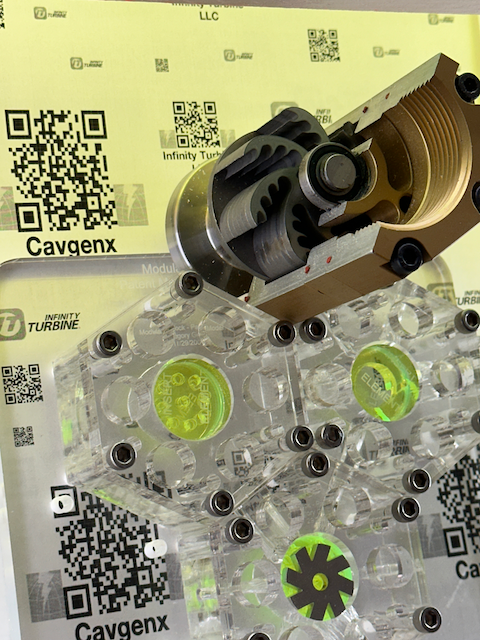|
Implementation in SpaceX Spacecraft
Adapting the closed-loop CO2 propulsion system with electrostatic plasma generation for use in a SpaceX spacecraft presents an opportunity to leverage this innovative technology in a more robust and larger-scale application. SpaceX's spacecraft, such as the Dragon capsule or Starship, have more substantial power and structural capabilities compared to microsatellites, allowing for greater flexibility in implementing advanced systems. Let's explore how this adaptation could work:Implementation in SpaceX Spacecraft1. Scaling Up the System: SpaceX's spacecraft have more space and payload capacity compared to microsatellites. This allows the components of the propulsion system—cavitation CO2 compressor, heat pump, turbine with electrostatic generators, and plasma propulsion mechanism—to be scaled up for higher performance and efficiency.2. Power Supply and Management: SpaceX spacecraft, particularly those designed for longer missions like Starship, have more substantial power generation and storage capabilities. This larger power budget can accommodate the energy needs of the complex propulsion system, including the high COP heat pump and electrostatic plasma generation.3. Integration with Existing Propulsion Systems: SpaceX’s spacecraft currently use chemical propulsion systems. The closed-loop CO2 propulsion system could be integrated as a supplementary system, providing additional maneuvering capabilities, or as a primary system for specific mission phases, such as on-orbit operations or deep space exploration.4. Enhanced Thermal Management: In larger spacecraft, more sophisticated thermal management solutions can be implemented. The design can include larger radiative cooling systems to effectively condense CO2 in space, as well as advanced materials to handle the thermal stresses associated with the propulsion system.5. Mission Profile Flexibility: The system could allow SpaceX spacecraft to perform a wider range of missions with enhanced efficiency and precision, especially in scenarios where long-duration propulsion and on-orbit maneuvering are required.Challenges and Considerations1. Integration with Spacecraft Design: Incorporating this new propulsion system into existing spacecraft designs would require significant modifications. It involves not just physical integration but also compatibility with spacecraft control systems and mission profiles.2. Reliability and Safety: For crewed missions, like those using the SpaceX Dragon capsule, the reliability and safety of the propulsion system are paramount. The system must undergo rigorous testing to meet space travel safety standards.3. Cost-Effectiveness: While SpaceX is known for its innovation, any new technology must be cost-effective to align with the company's goals of reducing space travel costs. The development and operational costs of the new system must be justified by its benefits.4. Regulatory and Certification Hurdles: New propulsion technologies must meet various regulatory and certification requirements, especially for crewed spaceflight. This process can be lengthy and complex.Potential Applications- Deep Space Missions: For missions beyond Earth orbit, such as to Mars or other deep space destinations, the system could provide efficient propulsion with reduced reliance on traditional fuel.- Precision Maneuvering and Station-Keeping: The system could enhance the spacecraft's ability to perform precise maneuvers, which is crucial for docking, satellite deployment, and orbital adjustments.- Sustainable Space Exploration: By using a closed-loop system, this technology aligns with the goals of sustainable and long-duration space exploration.ConclusionAdapting the closed-loop CO2 propulsion system with electrostatic plasma generation for SpaceX spacecraft could offer significant benefits in terms of efficiency, versatility, and sustainability. However, this adaptation faces challenges in integration, safety, cost, and regulatory compliance. If these challenges can be addressed, the technology has the potential to significantly advance the capabilities of SpaceX spacecraft, especially for complex and long-duration space missions.
|

